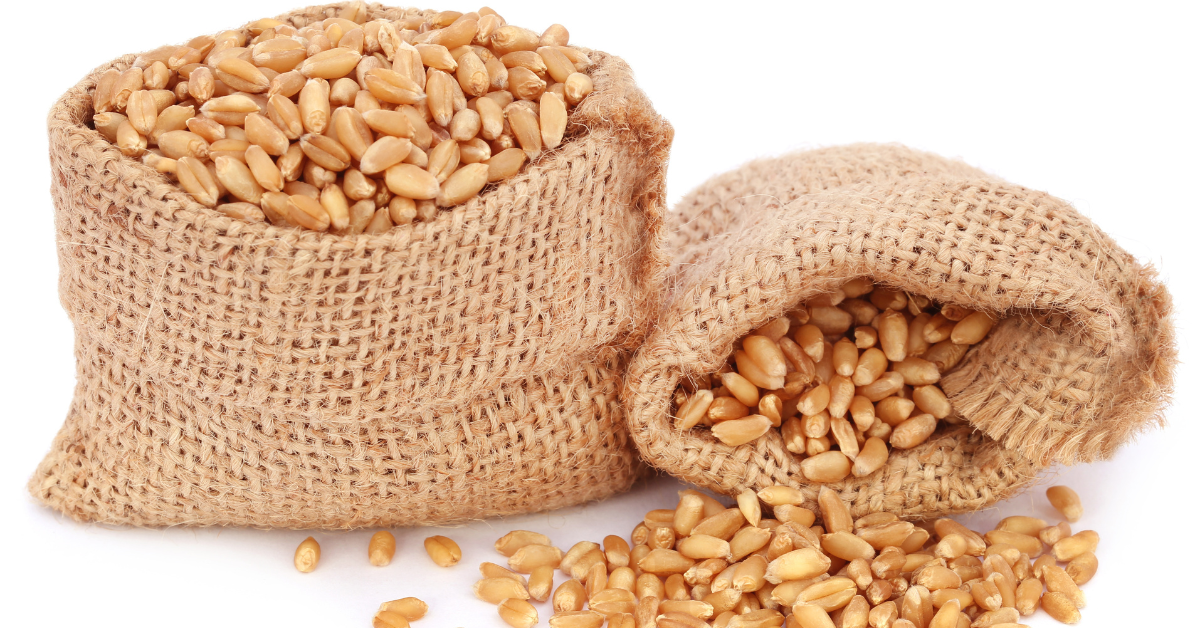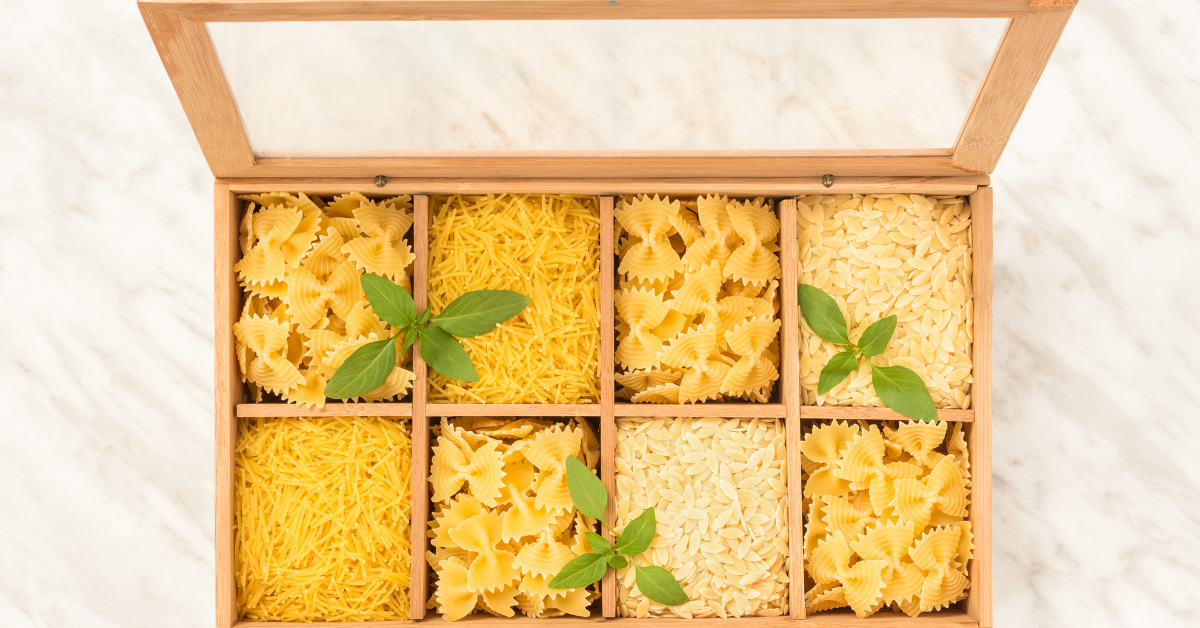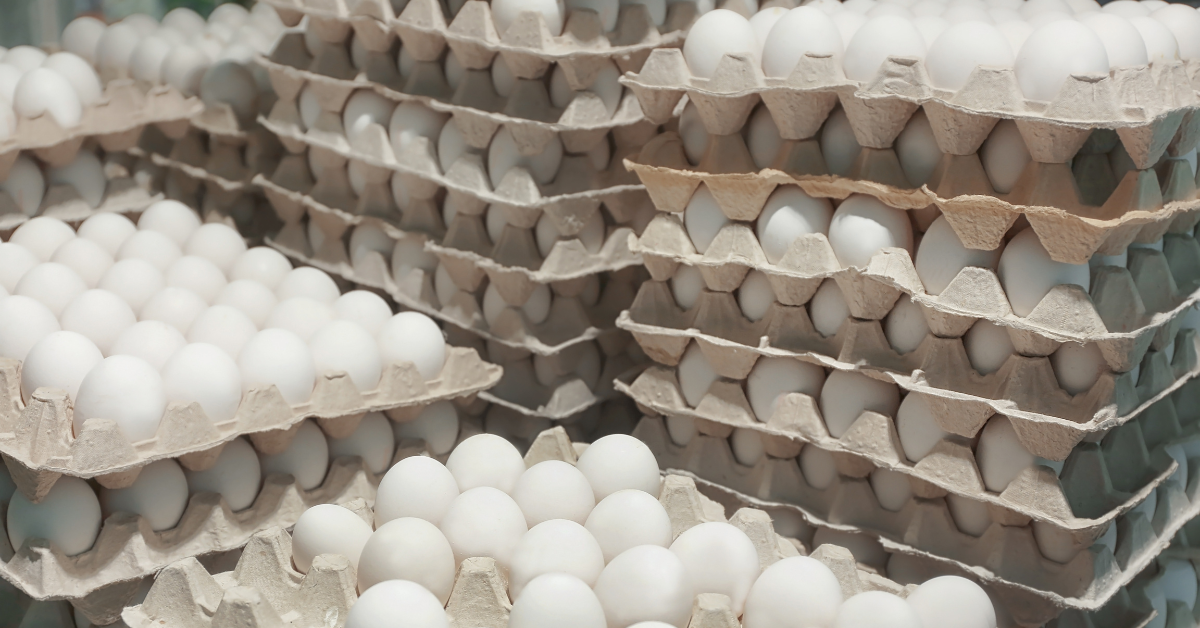As preppers, we are obsessed with preserving our food sovereignty. For example, we enjoy growing gardens, pickling vegetables, and drying herbs. But it also means monitoring the local and global food economy and preparing for potential food shortages.
Due to the COVID-19 pandemic and other natural disasters, in 2022, many of us experienced food shortages in our grocery stores due to a complex web of disruptions in the supply chains responsible for getting our favorite foods from farmers to our plates.
The insecurity many felt due to the food shortages in 2022 helped us learn many important lessons—one of which is preparing for more shortages in 2023.
Keep reading to learn about what food items may be harder to find or be more expensive in 2023.
Less Stocked Foods Due to US Food Shortage in 2023

We live in a complicated and interconnected world. Nowadays, the food we eat relies on a complex supply chain system for it to arrive successfully in our grocery stores and onto our plates at home.
Because so much of what we eat is built into a globalized food economy, when blips disrupt an otherwise “radio silent” radar, we feel the effects at home. In other words, when certain events stress parts of the supply chain responsible for getting food to the shelves of our local grocery store, we experience the shortages firsthand.
So what sort of events stress growing, harvesting, buying, selling, and eating our favorite foods?
-
The COVID-19 pandemic – Efforts to continually mitigate the spread of COVID-19 may affect food processing, distribution, and demand.
-
Global climate change – Extreme climate conditions such as drought affect the productivity of farmers’ crops and how much they can yield.
-
Fertilizer shortages – Some fertilizers have increasingly become more expensive and harder to obtain. When farmers cannot prepare for the next production cycle of their crops, they fall behind, and their yields drop drastically.
-
The war in Ukraine – Russia’s war on Ukraine continues to disrupt the exports of agricultural products from leaving the country and reaching the rest of the world, most notably grains such as wheat.

Restocking Your Reserves vs. Panic Buying in Light of Grocery Store Shortages

Before we get into which items we recommend restocking for potential food shortages in 2023, we figured it would be worthwhile to talk about the difference between restocking the reserves in your prepper pantry and panic-buying.
Understanding the distinction between the two concepts is important and will allow you to avoid being part of the problem by emptying the shelves of grocery stores.
Restocking is the process of methodically securing food and other household items.Restocking your reserves is driven by meaningful motivations:
-
Reducing trips to the grocery store – This is especially common for seniors who find it physically difficult or unsafe to make weekly stops at the grocery store.
-
Preparing for product shortages – Adequately preparing for the dropoff in the availability of certain foods is a premeditated and strategic decision.
- Securing bulk amounts of essential nutritional or pharmaceutical products – Buying more of a product that provides direct dietary or medical benefits, for example, baby formula or over-the-counter medicine, to increase well-being and longevity.
These meaningful motivations that drive your restocking or stockpiling behaviors are different from panic buying.
Panic-buying in response to stressful or traumatic events such as the COVID-19 pandemic or natural disasters is characterized by an overall loss of control and irrational buying. It results from a complete disconnect between what products you already have and how much more you require for the immediate future.
Panic-buying is driven by fear, and rightfully so. Certain events that threaten our food security are scary. However, that should not mean that we lose control of what we purchase and empty the shelves. Panic-buying only takes those products away from someone else who needs and deserves them.
Utilize Local Resources and Support Community Resilience During Grocery Store Shortages
Another way to counteract potential food shortages and strengthen your community's resilience is by utilizing local resources. Shopping at farmer's markets, joining a community-supported agriculture (CSA) program, or participating in local food co-ops can provide you with fresh, locally-sourced food items. This not only reduces the dependence on long supply chains but also supports local farmers and businesses.
Moreover, engaging with your community can help you learn about regional food production, discover new food preservation techniques, and build relationships with neighbors who share your self-reliance and preparedness values. By fostering a sense of community and cooperation, you can contribute to a more robust local food system that is better equipped to face potential challenges in 2023 and beyond.
Items to Restock for 2023 Food Shortages
Restock Corn to Combat the Food Shortage in 2023

According to the United States Department of Agriculture (USDA),corn growers are expected to plant 89.5 million acres of corn in 2022. If this sounds like a lot to you, it’s because it is. But in reality, it’s 4% less than the previous year. In particular, acreage decreases are expected in Illinois, Indiana, Iowa, Kansas, Minnesota, Nebraska, Wisconsin, and North Dakota.
The decrease in corn planting in 2022 amongst the states listed above will impact the yield size. Consequently, there could be noticeable differences in the presence (or lack thereof) of corn and corn-based products on grocery store shelves.
Experts in the industry do not expect empty shelves by any means. However,some do predict that higher prices for corn and corn-based products could be a result of the smaller planting and yield estimates as those products become available in 2023.
Flour
Ukraine and Russia are both major contributors to the global cereal economy. Together, Ukraine and Russia make up almost 20% of the market. In 2021 and 2022, Russia contributed 52.32 million tons of cereals, while Ukraine contributed 69.82 million.
Since then, the war between the two countries has increasingly worsened. For that reason, experts tend to agree that their cereal export will also worsen. As a result, consumers in the United States may notice fewer supplies and increased prices for their favorite cereal-related products.
What foods will be in short supply in 2023? Certain Types of Oil
Ukraine is also a major exporter of oilseeds, such as rapeseed and soybean. However, Ukraine's dominance in the oilseed economy is most exemplified in its sunflower seed exportation.In 2020, Ukraine was responsible for roughly 52% of the global sunflower seed and oil exports.
Russia also plays a role in the global oilseed economy. For example, in 2020, Russia contributed 20% of the sunflower seed and oil exports.
As you can imagine, the war has drastically disrupted the edible-oil supply chains and prices in their part of the world. Therefore, it’s not entirely implausible that we may feel these disruptions as they ripple through our oilseed markets in the United States.
Restock beef and pork to fight grocery store shortages in 2023

In 2022, strong demand for beef and a faster-paced cow slaughter boosted beef production. As a result, fewer cows are expected to go to slaughter in 2023. For that reason, theUnited States Department of Agriculture (USDA) predicts beef production to decline between 2022 and 2023.
In comparison, the turkey and broiler production forecast predicts an increase of 1.8% and 2.2%, respectively. So as you begin to make plans for 2023, it seems strategic to consider buying a little extra beef and pork for storage. Or, more simply, invest insome freeze-dried meat.
Tomatoes (and other fruits and veggies) – A key part of the food shortage 2023 list
Believe it or not, California is responsible for immense agricultural output. In fact,according to the California Department of Food and Agriculture (CDFA), roughly ⅓ of the United States vegetables are grown in California, along with 75% of the country’s nuts and fruits. This includes tomatoes (if you agree they are fruits, of course).
But regardless of whether tomatoes are fruits or vegetables, the fact remains the same—California is an irreplaceable player in the food economy for the United States and other parts of the world.
Amidst growing all that food, California is also suffering throughthe driest three-year drought on record. California’s agricultural economy officials agree that the state is due for a fourth dry year in a row for 2023.
As California’s weather continues to remain dry, farmers and their crops will be negatively impacted. Moving forward, there could be shortages in certain food products exported from California, like tomatoes.
Butter

It is no surprise the prices of butter have continued to increase. The price increases have primarily been due to labor shortages in the butter industry, an outcome of COVID-19 sicknesses and prevention protocols. Consequently, in 2022,the stocks of butter fell to their lowest levels since 2017.
The good news is, we can expect an uptick in overall dairy production during 2023. However, that does not necessarily mean that prices for butter will return to what we are accustomed to. For example, some experts predict that the cost of butter in 2023 will be roughly 63 cents higher than in 2021.
The higher prices for butter may incentivize grocery stores to purchase less of it. Therefore, there may be less butter on the shelves for consumers. This may be true towards the beginning of 2023 as the stores recover from an increase in butter purchases for the “baking season” and a string of beloved holidays.
Adapting Your Diet to Tackle the Food Shortage in 2023
Another important strategy to consider during times of grocery store shortages is to adapt your diet to include alternative food sources. By broadening your meal plans, you can ensure your family continues to receive proper nutrition without solely relying on the items in short supply. For example, if there's a lack of beef and pork, consider incorporating more poultry, fish, or plant-based protein sources like beans, lentils, and tofu. Additionally, you can explore using alternative grains like quinoa, barley, or buckwheat in place of corn or wheat products. By diversifying your diet and becoming more flexible with your meal planning, you can better navigate potential food shortages while maintaining a healthy and balanced diet for you and your family.
Steps You Can Take To Counteract Food Shortages

Losing your calm and panic-buying food and other household products is not the solution to potential food shortages. If you begin to notice local food shortages in your area, or better yet, if you want to prepare ahead of time, we recommend taking some of the following steps.
-
Grow a survival garden – We know that growing a garden may not be plausible for everyone due to constraints on free time and farmable space. However, if you have these luxuries, we cannot recommend growing asurvival garden enough.
-
Invest in freeze-dried food – Growing your food, preserving leftovers and bulk purchases from the grocery store, and stockpiling nonperishables or evergreen products are good strategies for food sovereignty. Investing infreeze-dried food andfreeze-dried milk is also a good strategy.
[product_render product-handle="45-serving-food-kit-special-offer"]
-
Boost your emergency preparedness – Becoming prepared for emergencies like natural disasters and food shortages does not happen overnight. Instead, being prepared takes foresight and commitment. Check out our family emergency kit andemergency preparedness checklist for help.
-
Avoid panic buying during grocery store shortages – Irrationally buying food and other household products helps no one. Doing so clogs up your valuable storage space with items you don’t need while simultaneously removing those items from being purchased by someone who might.
- Preserve your food – Long-term food autonomy comes from preserving the food you grow and purchase. Canning fruits and vegetables, building a root cellar, dehydrating food, and storing food correctly are all strategies you should try to lengthen the shelf-life of your valuable food items.
Final Thoughts On 2023 Grocery Store Food Shortages
Food and supply-chain experts still do not totally agree if the United States will experience massive food shortages in 2023 or even if we'll see global food shortages. In other words, we probably don’t have to worry about 100% empty grocery stores, but we do need to know what items to stock up on before inflation hits even harder and hopefully we're not talking about how to prepare for a depression.
However, expecting shortages in certain items and higher prices is plausible. This may impact the frequency with which you are used to buying certain products and the budget you’ve created for doing so.
With that being said, it never hurts to be prepared. Just remember to resupply responsibly.
If you enjoyed this article, please visit our website. OurPractical Prepper Blog is a fantastic resource. It has many helpful articles, likeprepper pantry organization ideas,learning how to blacksmith, andtechniques for harvesting rainwater.



